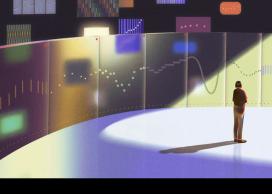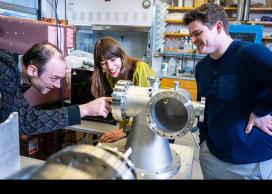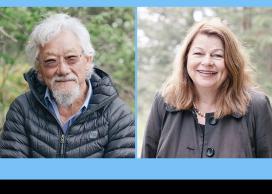Can your breath be used to detect lung cancer?
February 12, 2024
Killing more people every year than breast, colon and cervical cancer combined, lung cancer is the most-deadly form of cancer globally.
Currently detected using an imaging test, such as a CT scan, lung cancer is typically confirmed by biopsy — whereby a sample of tissue or fluid from around a patient’s lungs is carefully extracted and examined under a microscope.
But what if the world’s deadliest cancer could be quickly and easily detected using something as simple, and painless as a breath test?
That’s the big question driving the work of Dr. Renelle Myers, a clinical associate professor in UBC’s Department of Medicine.
- Research
- Feature story




